Dust mopping is one of the most important forms of preventive maintenance. Used in conjunction with the walk-off mats and wet mops, it is the first line of defense against dirt and dust buildup.
A quality dust mop will work silently and effectively. It is the most effective tool for the removal of dirt and dust from the floor. The inner workings of a quality dust mop are probably the least understood of all cleaning tools. On their own, there are no yarns that can function effectively as a dust mop. The yarn must be able to absorb dust mop treatment and release it upon demand. This requires either the use of the natural fiber cotton, or the synthetic fiber rayon. These fibers may be used in their pure form or blended with other fibers for added strength.
The dust mop head should always be clean, properly treated and cured. After having been treated with an oil-based mop treatment, the head should be kept out of service for a minimum of 6 – 8 hours to cure and allow the treatment to absorb into the yarn. Dusting should begin at the farthest point from the end of the job. If one is using a swivel-type dust mop, the dusting motion would be in the form of a figure-8.
As long as there is an adequate amount of dust mop treatment in the head, it will continue to pick dirt and dust from the floor and “lock” the soil in. Remember that treatment is constantly being transferred from the mop head to the soil it has picked up. To replace lost treatment, it is recommended that approximately on ounce of treatment per foot of mop head be applied with a trigger type sprayer.
Once treatment has been applied to the yarn it begins to penetrate by a process called capillary action. Depending on the yarn being used, absorption may take anywhere from a few minutes to hours. To be safe, six to eight hours should be allocated for the process when using an oil based treatment – just spray it on and go to work – no time needs to be wasted between re-treating and dust mopping. In any case treatment should be re-applied to the dust mop head at least daily – providing a “ready” dust mop for each.
During the course of dust mopping, the soil should be unloaded from the dust mop. There is no agreement on the “best way” to do this. You can (1) brush the soil into a plastic bag with a standard pot brush, (2) vacuum the soil from the dust mop head, or (3) at the very least, shaking out, “out of doors,” in an area where the dirt will not be tracked back into the building.
The size (square footage) of an area that can be cleaned before the mop head should be unloaded will depend greatly on the amount of traffic the floor receives and weather conditions – both of which may vary greatly.
Instead of getting caught up in the “square footage” trap – look to the bottom of your dust mops for the answer. When you notice the soil becoming caked and turning from black to a “mouse gray” in color it is time to unload the soil so yoour yarn can move freely and accept re-treatment.
At the end of a work shift, the dust mop should be (1) properly cleaned as previously described, (2) re-treated, bagged(if possible) and let cure overnight. To maximize the effectiveness of a dust mop – follow this procedure whether the dust mop is a launderable or disposable type.
Disposable dust mops are generally pitted against the rental dust mops — which are by necessity, launderable. Disposable dust mops are factory treated and remain within the protective packaging until the seal is broken at the consumers. You begin with totally clean and unused product. If the daily maintenance procedures for these disposables are followed, you can expect these mops to effectively clean your floors for up to 3 months. It does not require an initial investment which is considered minimal in comparison to the cost of other maintenance tools.
Generally, rental companies will provide free installation but any loss or damage will be borne by the consumer. Although disposable dust mops are as effective, if not more so, than their rental counterparts, they generally do not come with a colored backing material. Perhaps the biggest advantage offered by the disposables is that they are in your stock and available for use when there is a sudden demand for extras. in other words, the cleanliness of your floor is not determined by a pre-determined usage figure.




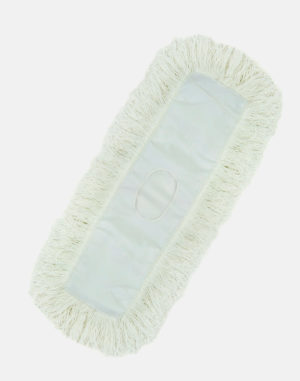
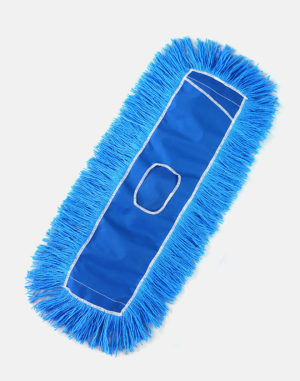
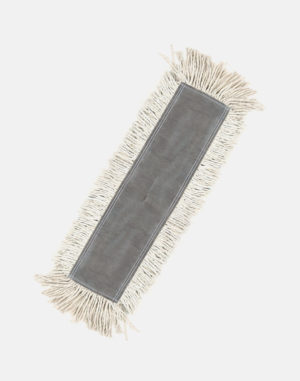
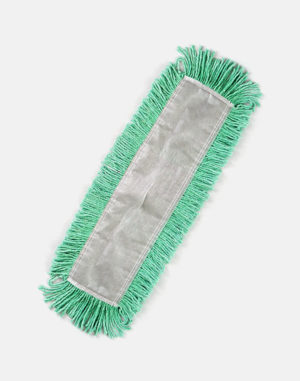
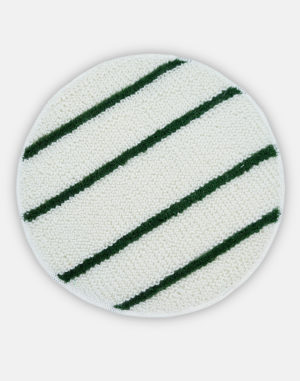
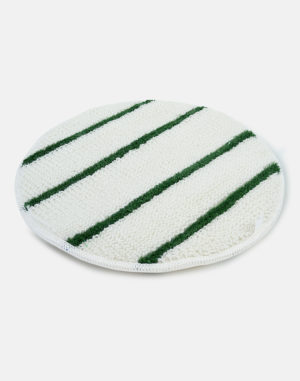
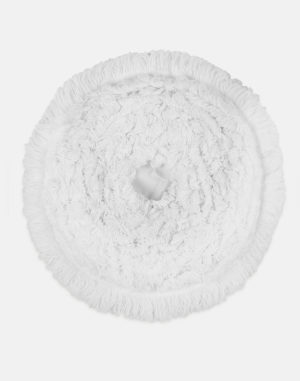
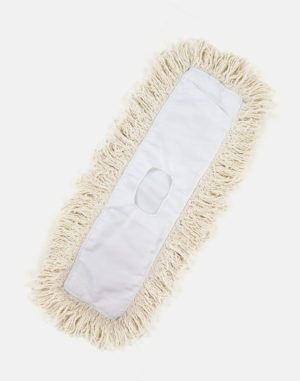
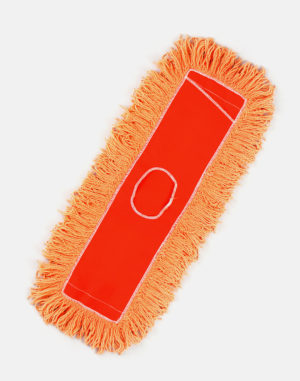
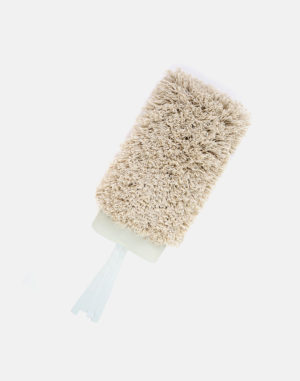
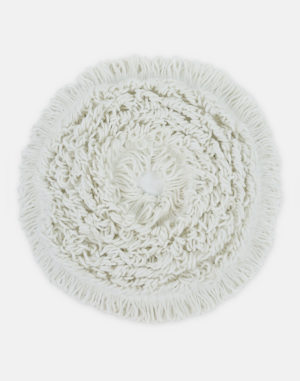
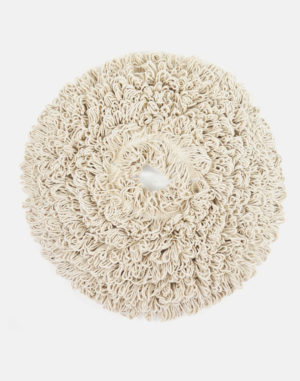

Comments are closed.